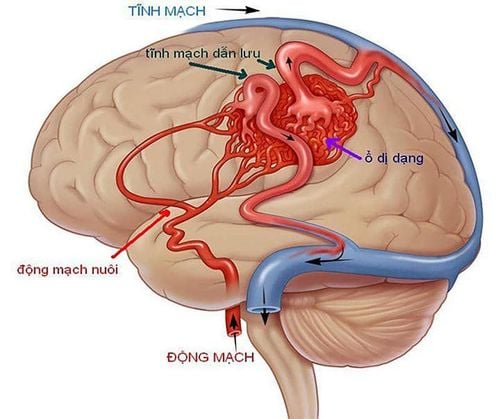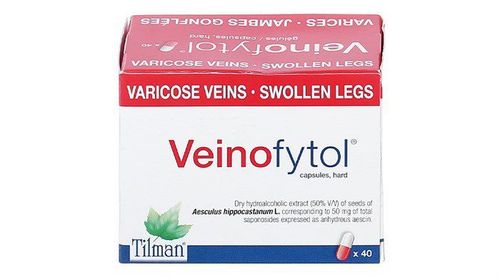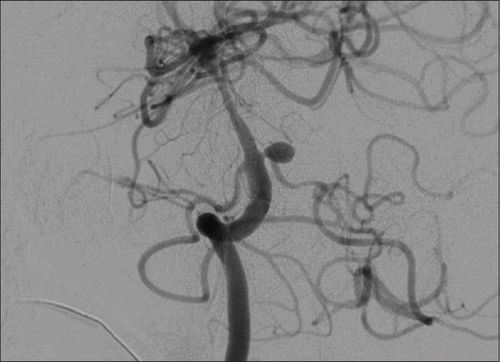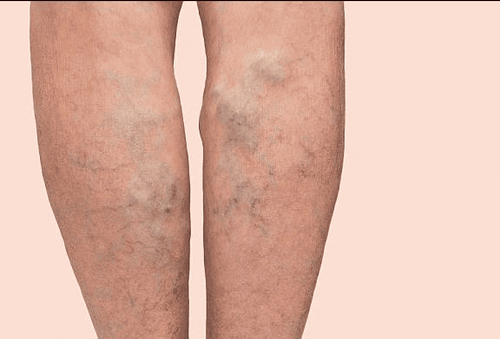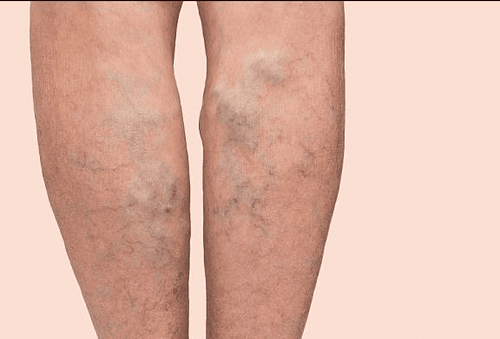This is an automatically translated article.
This article was written by Specialist Doctor II Khong Tien Dat, Doctor of Radiology - Department of Diagnostic Imaging - Vinmec Ha Long International Hospital.Chronic pelvic pain in women is an unpleasant manifestation of ovarian varicose veins. This problem is very common among women who visit a gynecologist. The disease can be treated in many different ways; in which, digital scan to erase the background and ovarian varicose node is a minimally invasive but highly effective intervention method.
1. What is ovarian varicose veins?
Veins are the opposite of arteries, which are the blood vessels that return blood back to the heart. In some women, veins in the lower abdomen may be underactive, causing blood to gradually build up inside the veins. As a result, the veins in the pelvis widen, change shape, and cause long-lasting pain, including ovarian varices.This problem occurs mainly in women of childbearing age and tends to be more common in women who have had many children. This can be said to be the main cause of this condition. Furthermore, hormones may also play a role in pelvic congestion syndrome in general. In particular, estrogen makes veins more susceptible to dilation and explains why this problem is not common after menopause.
The main symptom of pelvic congestion syndrome is generally pelvic pain that lasts for at least 6 months, usually only on one side, often on the left side, and gets worse at the end of the day. Several factors can increase pain such as sex, standing for a long time, walking a lot. Moreover, ovarian varicose veins are also a rare cause of infertility.
Regarding treatment, ovarian varicose veins have many different ways. Your doctor may choose to use medication to reduce blood flow to the ovaries. If ineffective and symptoms become progressively worse, minimally invasive therapies such as digital subtraction angiography and ovarian varicose node will be indicated as the next line of treatment.

Đau vùng chậu là triệu chứng phổ biến của giãn tĩnh mạch buồng trứng
2. What is digitized background removal and ovarian varicose node?
Ovarian varicose vein embolization, also known as ovarian vein embolization, is a minimally invasive treatment for pelvic congestion syndrome. In which, the interventional instruments that need to be used will be inserted into the body by intravenous route. Under a fluorescent screen and using a sufficient amount of contrast dye, the doctor will locate and close the large dilated segments. Seals are made with clogging materials such as foam gel, pure alcohol, bio-glue or metal coils. The type of material used depends on the availability as well as the experience and familiarity of the surgeon.Thus, inheriting the achievements in the field of endovascular intervention, digital imaging to erase the background and ovarian varicose node has continued to be proven to become a minimally invasive treatment method, It is highly effective but still safely improves clinical symptoms for patients.
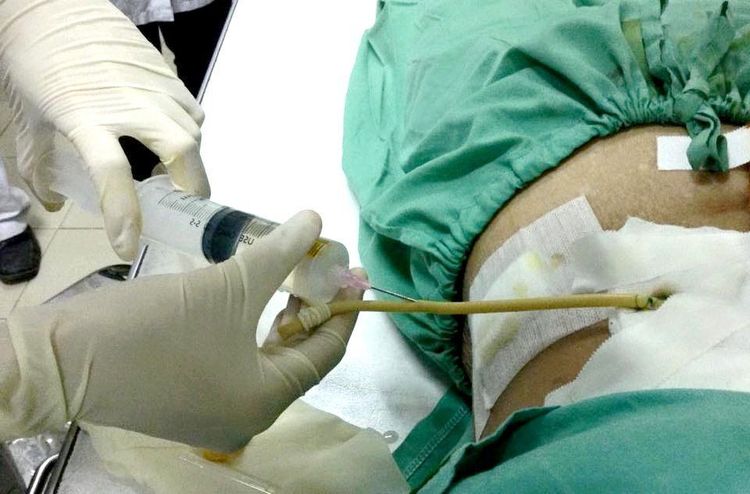
Thuốc cản quang giúp xác định vị trí và đóng bít các đoạn giãn lớn
3. How to perform digitized scan to erase the background and ovarian varicose node
3.1. Prepare for intervention
Stop taking aspirin and vitamin E at least five days before the procedure. Do not eat or drink for eight hours before work. However, the patient can still take the medicine daily with a small amount of water. For patients with diabetes, doctors must monitor blood glucose levels appropriately and adjust insulin doses. Report to your doctor all medications you are taking, any history of allergies, especially local anesthetics, general anesthetics, or contrast agents. Women should always inform their doctors and x-ray technicians if they are pregnant or may become pregnant.
Trước 5 ngày thực hiện thực thủ thuật cần dừng uống vitamin E
3.2. Intervention process
The patient is changed into a gown and arranged to lie on the operating table. Anesthesia at the commonly used interventional site is the right femoral vein. Using X-ray technique to digitally erase the background, with a sufficient amount of contrast agent, the doctor will insert a catheter and simulate the vascular system in the genitals. When varicose veins are observed in the ovary, a microcatheter is inserted to make it easier to access. Here, the occlusive material will be injected and cause a blockage due to the scar tissue forming in the lumen. This is very important in the treatment of conditions such as varicose veins of the ovaries that are caused by arteriovenous malformations or tumors. For evaluation, the vascular system will be imaged. The sealing material stays in place and does not move. Before and after the intervention, good anastomosis, no thrombosis, dissection was noted. The same holds true for the surrounding collateral circulation. Intravascular instruments are withdrawn. The transdermal puncture site will be manually compressed for 15 minutes and then bandaged for at least 8 consecutive hours. During this time, the patient needs to limit movement in bed. The total length of this procedure varies from 30 minutes to several hours depending on the complexity of the ovarian varices.4. Possible risks when digitizing the background eraser and ovarian varicose node
Risk of allergic reactions with contrast injection and radiation exposure. Any procedure involving intravascular catheterization carries certain risks such as vascular trauma, hematoma, bleeding, and infection at the site of intervention. Intravascular thrombus formation and occlusion of the lumen. There is a risk of internal infection after embolization, even with prophylactic antibiotics.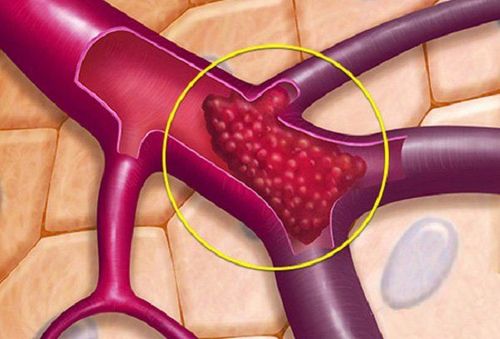
Huyết khối hình thành và gây tắc nghẽn lòng mạch là 1 trong những biến chứng khi thực hiện thủ thuật
Vinmec Times City International General Hospital is not only famous for its professional quality in medical examination and treatment, but also stands out for its modern medical machinery system that is incorporated into the comprehensive health examination process. Therefore, when there is a health problem and is assigned a digital scan to erase the background and ovarian varicose node, customers can contact Vinmec Times City International General Hospital to be examined by a doctor to appropriate indications.
For detailed technical advice, please come directly to Vinmec medical system or register online HERE.





